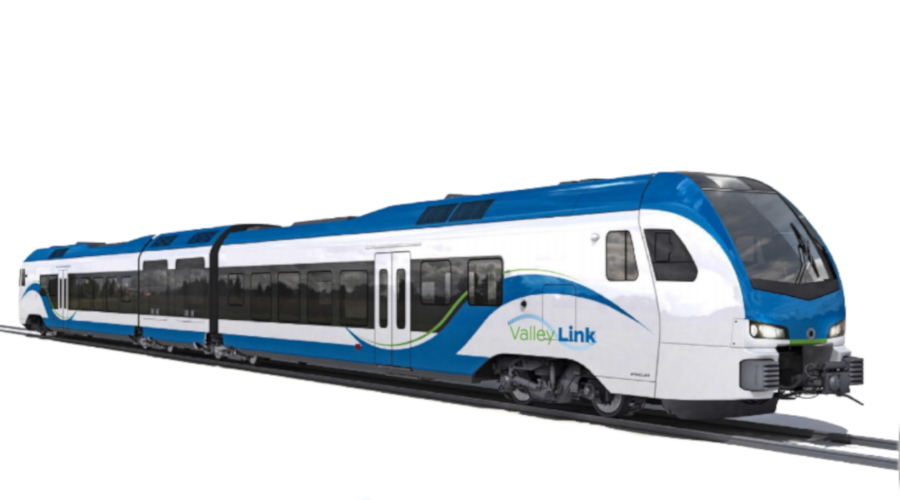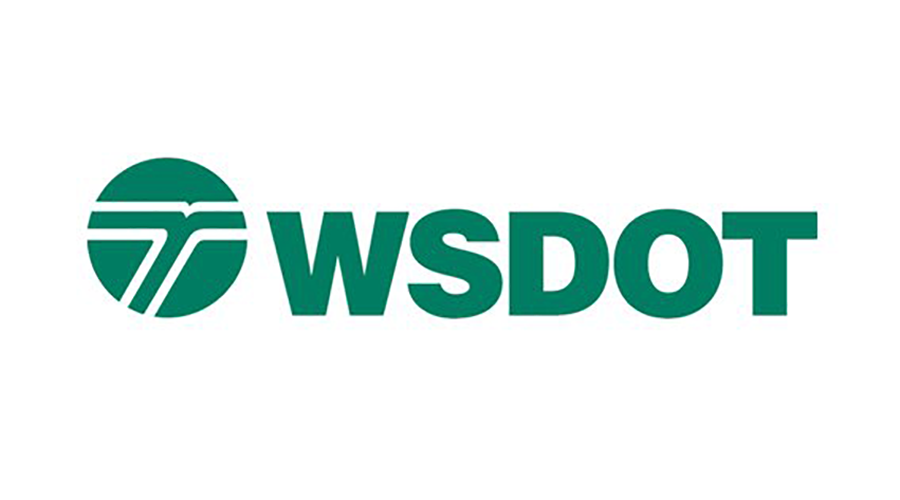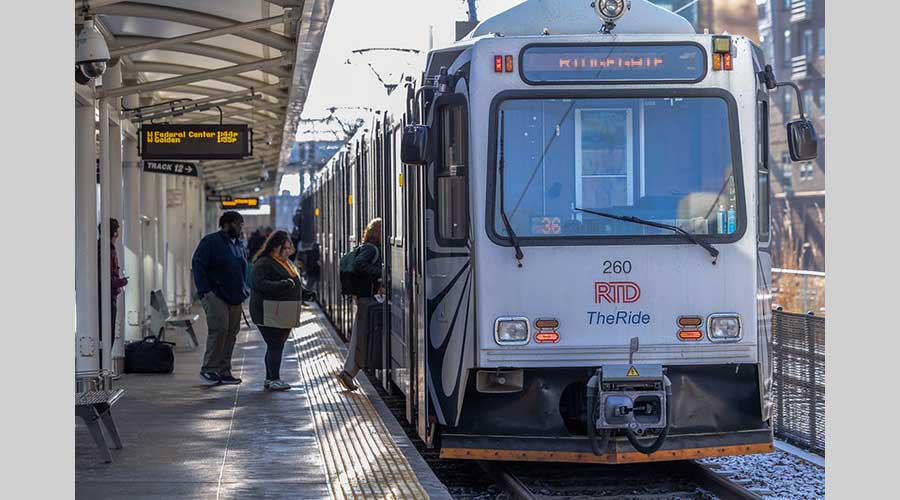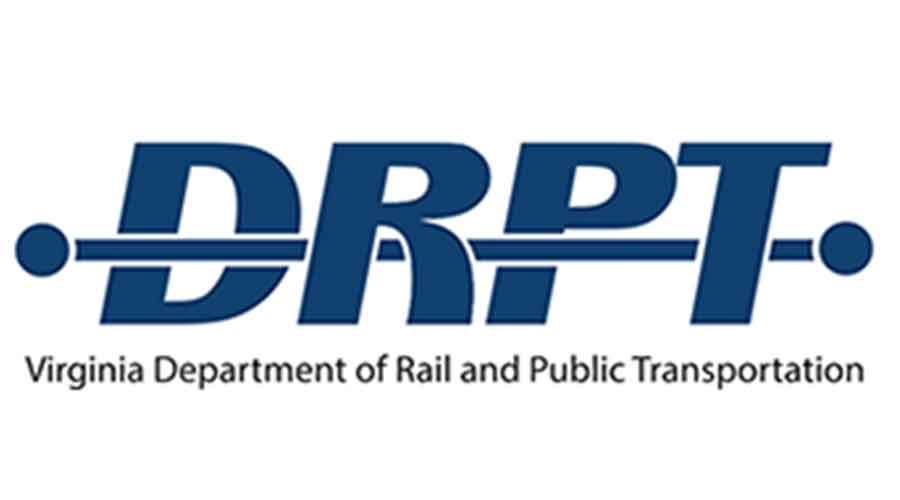Stay updated on news, articles and information for the rail industry
 railPrime
railPrime
7/2/2019
Rail News: Passenger Rail
San Joaquin rail authority releases feasibility study for Valley Link

The Tri-Valley – San Joaquin Valley Regional Rail Authority’s board last week released a feasibility study for Valley Link, a proposed commuter-rail service that would connect the San Joaquin Valley communities in California with Bay Area Rapid Transit’s (BART) and Altamont Corridor Express’ (ACE) systems.
The report includes alignment options; an overview of stations and facilities; system integration options with BART and ACE; proposed vehicle technology; projected capital and operating costs; a funding and financing plan; and a recommendation for project management and delivery.
In the first phase of construction, the line would be connected to the existing BART Dublin/Pleasanton Station and ACE North Lathrop Station in Manteca. The service would run through the cities of Livermore and Tracy.
Under the second phase, the service would be extended from the North Lathrop Station to the ACE and Amtrak station in Stockton.
The entire Valley Link project between Dublin/Pleasanton and North Lathrop — including the alignment, stations, maintenance facilities and train acquisitions — is estimated to cost $1.8 billion.
Based on similar services, operating and maintaining the system in 2025 would cost $26.7 million annually, according to the report.
Based on a draft program schedule, construction on the 41-mile, 7-station line is expected to take between five and seven years to complete.
The 840-page report is available for public review at the agency’s website through July 31.
Contact Progressive Railroading editorial staff.


 2025 MOW Spending Report: Passenger-rail programs
2025 MOW Spending Report: Passenger-rail programs
 Gardner steps down as Amtrak CEO
Gardner steps down as Amtrak CEO
 Guest comment: Oliver Wyman’s David Hunt
Guest comment: Oliver Wyman’s David Hunt
 Women of Influence in Rail eBook
Women of Influence in Rail eBook








